Lightweighting Becomes a Trend: Bole Intelligence Helps Humanoid Robots Usher in a "Magnesium" Era
Humanoid robots are rapidly evolving, with lightweight design becoming an inevitable trend. Their early development began in the 1960s, and with technological advancements, robots have acquired the ability to independently perform complex actions. A humanoid robot consists of four main modules: perception, decision-making, control, and execution. Among these, the execution module functions like human muscles, responsible for limb movement. To achieve highly flexible human-like motions, lightweight design can significantly reduce the load on the drive system, enhance load-bearing capacity, lower power consumption, and extend lifespan. This is crucial for performance improvement and commercial implementation. Magnesium alloys, with their unique performance advantages, are quietly emerging in the field of humanoid robots.
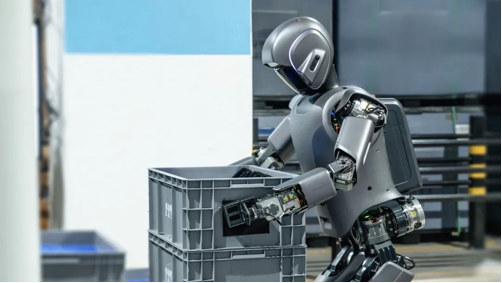
Lightweight and high-strength
Magnesium alloys are lighter and stronger than aluminum alloys, which can reduce the weight of humanoid robots and enhance their mobility and speed, offering more possibilities for the application of humanoid robots.
● Heat dissipation
Magnesium alloy has excellent thermal conductivity, with a thermal conductivity coefficient surpassing most engineering plastics and some aluminum alloys. It is 350 to 400 times that of ABS resin, enabling rapid conduction of heat from joint actuators to prevent overheating, as well as quickly dissipating heat from internal electronic components of robots, ensuring stable operation and avoiding malfunctions.
●Diversity of styles
Magnesium alloys can undergo various surface treatments such as oxidation, painting, and electrophoresis, making humanoid robots more attractive and durable, and meeting the needs of personalized customization.
●Durability
Magnesium alloys, owing to their metallic nature, are resistant to UV radiation and damp heat aging, with no risk of plastic embrittlement and superior creep resistance. Through surface technologies such as micro-arc oxidation, their corrosion drawbacks can be systematically addressed, achieving a balance between lightweight and long-term stability, making them an ideal material choice for humanoid robot joints and skeletons.
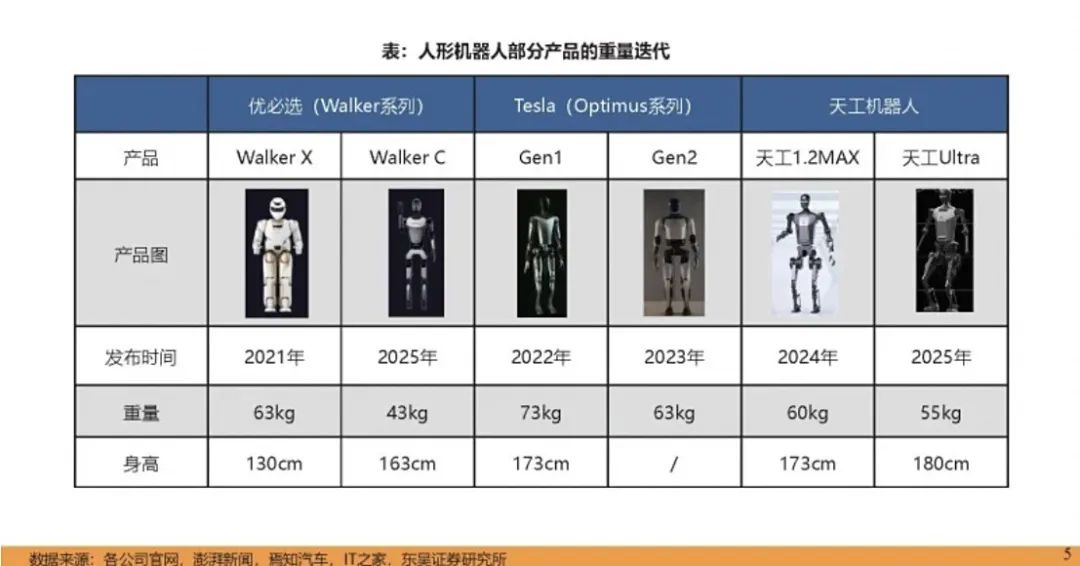
►Robotic Arm
The robotic arm is one of the important components of a humanoid robot, requiring strong load-bearing capacity and flexible motion functions. By utilizing the lightweight and high-strength advantages of magnesium alloy, robotic arms with greater load-bearing capacity and more agile movements can be manufactured.
►Skeleton Structure
The skeleton structure of a humanoid robot needs to have good durability and stability, capable of maintaining the structural integrity of the material under high-speed motion and heavy loads. Magnesium alloy possesses excellent durability and stability, which can meet the requirements of the humanoid robot's skeleton structure.
Joint transmission mechanism
The joint transmission mechanism is one of the key components of humanoid robots, requiring efficient transmission capability and reliable operational stability. Using magnesium alloy materials can meet the requirements for efficient transmission and reliable stability, enhancing the overall performance of humanoid robots.
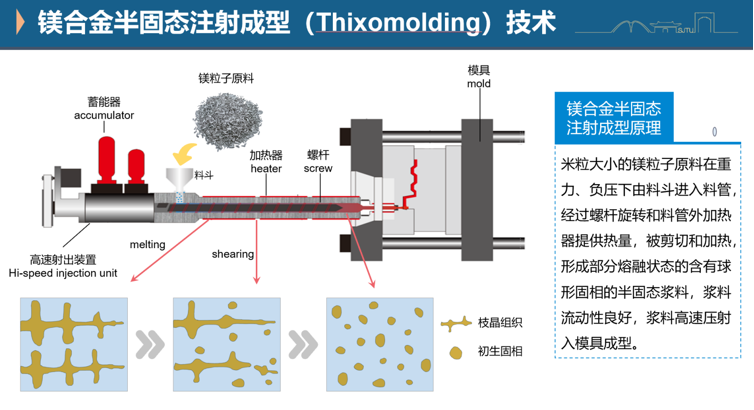
- Completely eliminate furnaces and SF6 gas for safer and greener processes.
Materials are injection molded in a semi-solid state, resulting in lower energy consumption and higher efficiency.
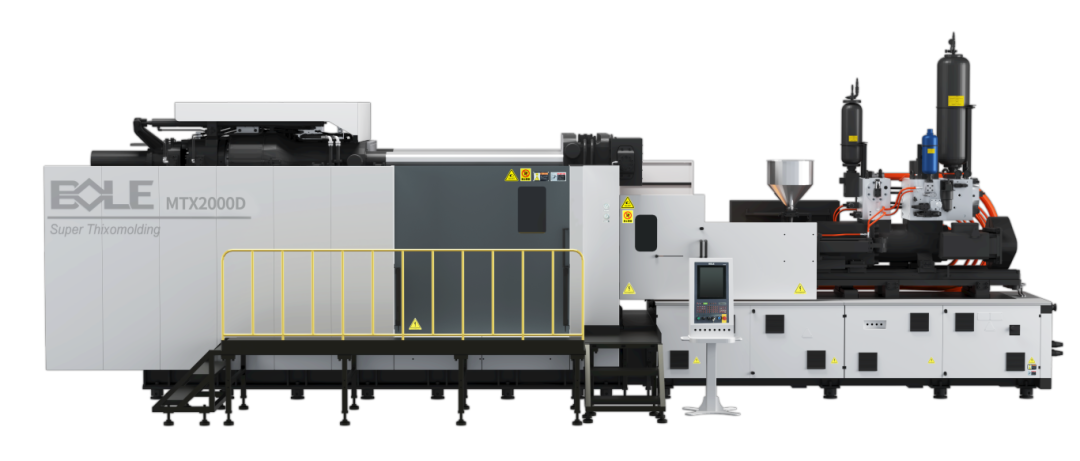
MTX2000D Two-Plate Magnesium Alloy Semi-Solid Injection Molding Machine
Bole Intelligence has been deeply engaged in the magnesium alloy forming field for many years, independently developing semi-solid magnesium alloy injection molding machines. It has successively launched 300-4000T magnesium alloy forming equipment and introduced it to the market. Bole adopts semi-solid thixotropic forming technology, utilizing semi-molten magnesium alloy for injection molding, which significantly reduces issues such as part shrinkage, gas entrapment, corrosion, and reliability problems during the forming process. This results in higher material utilization while reducing energy consumption.
With the significant improvement in magnesium supply and the maturation of semi-solid injection molding technology for magnesium alloys, magnesium alloys are expected to be used in components such as the skeleton, shell, joints, and heat dissipation and shock absorption parts of robots.
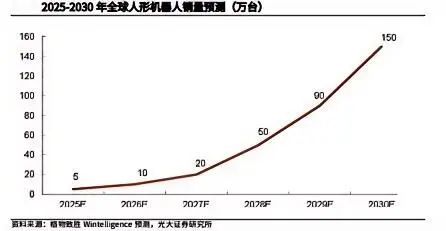
The application of magnesium alloys is not just a matter of technological substitution; it is also key to the transition of humanoid robots from "functional implementation" to "performance leap." Strong policy support, innovative practices by enterprises, and continuous technological breakthroughs are jointly driving magnesium alloys from the laboratory to a hundred-billion-level market. In the future, as AI large models deeply integrate with materials science, "intelligent magnesium alloys" may enable humanoid robots to surpass current limitations.
【Copyright and Disclaimer】The above information is collected and organized by PlastMatch. The copyright belongs to the original author. This article is reprinted for the purpose of providing more information, and it does not imply that PlastMatch endorses the views expressed in the article or guarantees its accuracy. If there are any errors in the source attribution or if your legitimate rights have been infringed, please contact us, and we will promptly correct or remove the content. If other media, websites, or individuals use the aforementioned content, they must clearly indicate the original source and origin of the work and assume legal responsibility on their own.
Most Popular
-

EVA Morning Prices on September 12: Most of the Market Holds Steady, Highest Rise of 50 Yuan
-

[PET Weekly Outlook] Polyester Bottle Chips Expected to Oscillate and Warm Up with Costs Today
-

List Released! Mexico Announces 50% Tariff On 1,371 China Product Categories
-

EU Changes ELV Regulation Again: Recycled Plastic Content Dispute and Exclusion of Bio-Based Plastics
-

Case Study | Clariant AddWorks™ Additives Solve Plastic Yellowing Problem






